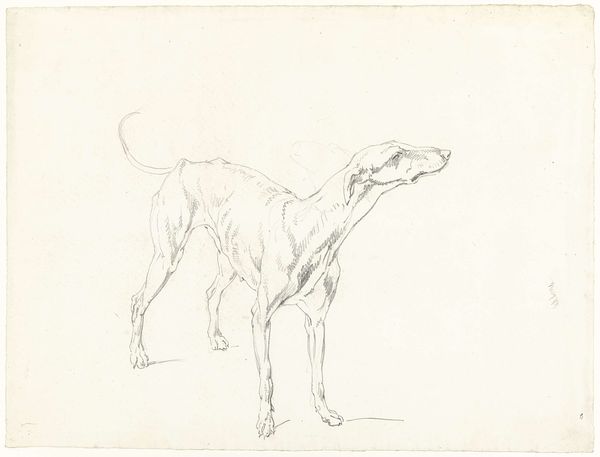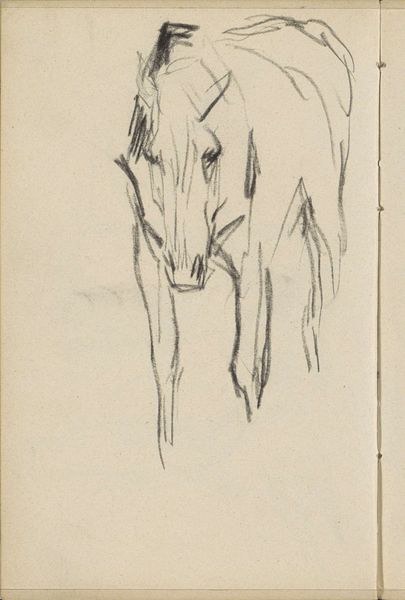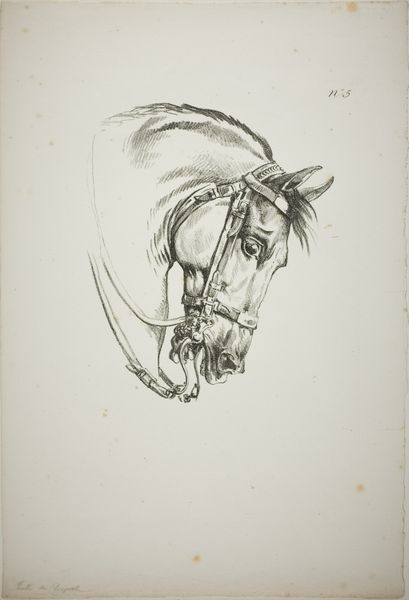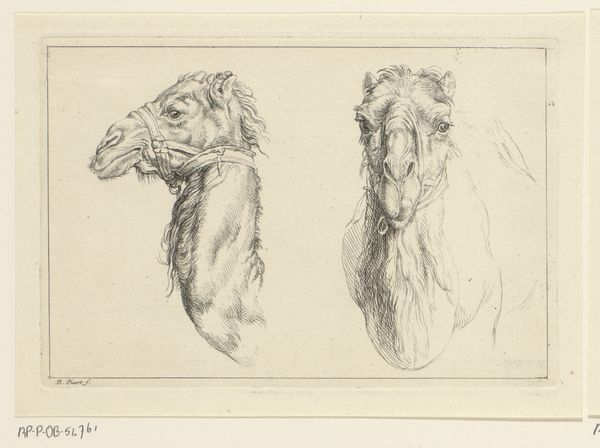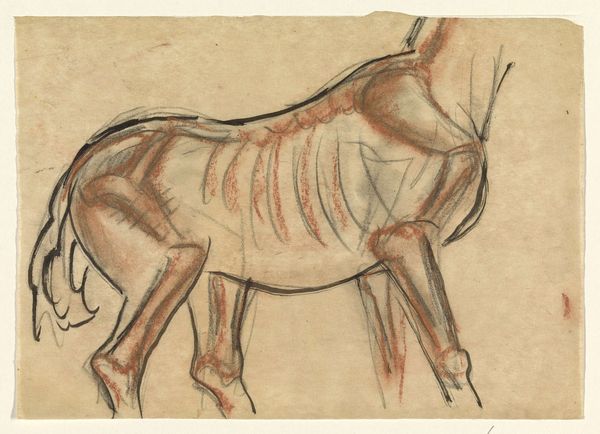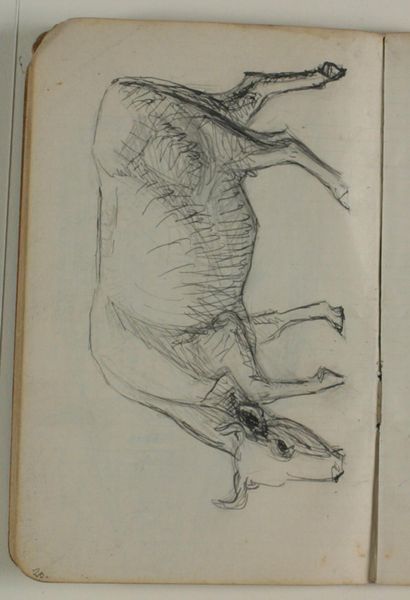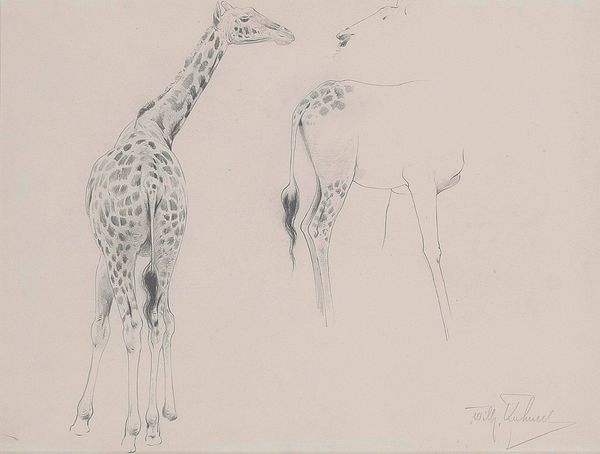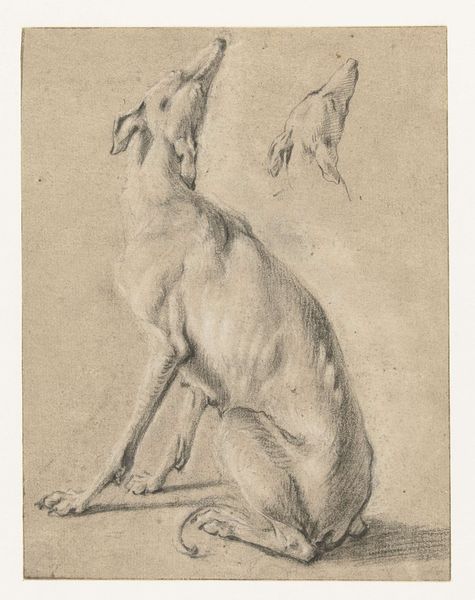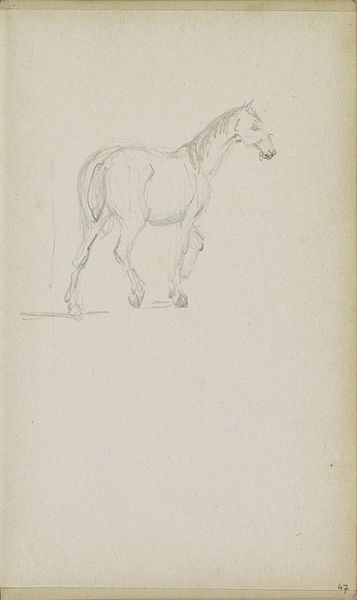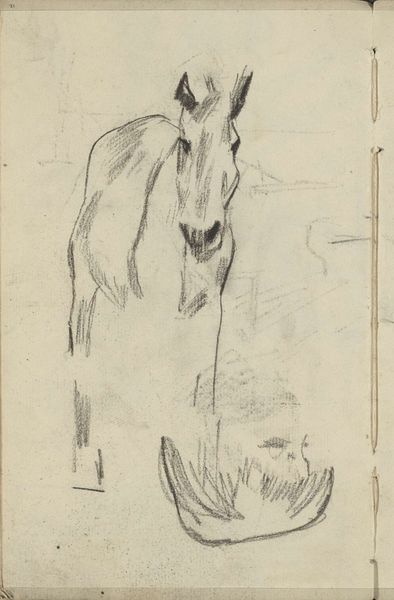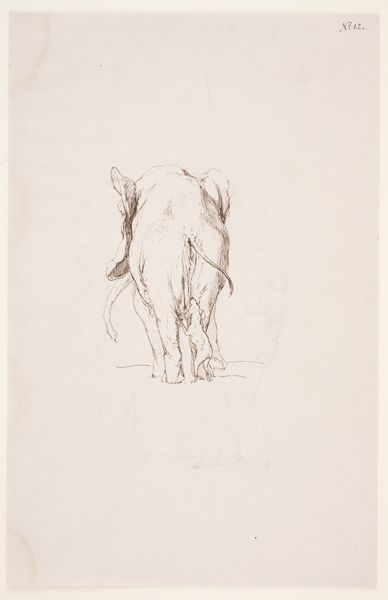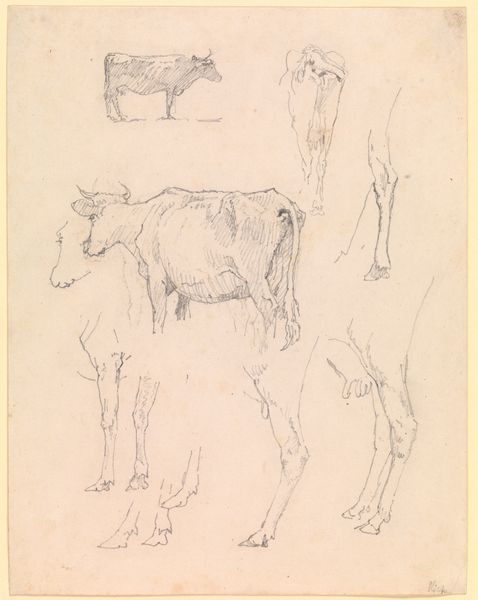
Tafelpoot bestaande uit een leeuwenpoot en leeuwenkop 1750 - 1793
0:00
0:00
Dimensions: height 310 mm, width 190 mm
Copyright: Rijks Museum: Open Domain
Etienne de Lavallée-Poussin made this drawing of a table leg consisting of a lion's paw and lion's head. Drawn without colour, the use of the lion as a motif here represents the power, courage, and authority so often associated with masculine figures and virility in 18th century Europe. In this sketch, the artist’s hand emphasizes the lion’s snarling teeth and strong musculature to create a vision of dominance and control. Consider how this idealized portrayal of strength is gendered. Lavallée-Poussin lived in a world that often equated masculinity with leadership and superiority. This piece, in its subtle way, reinforces those cultural narratives. As you look, reflect on how such images might shape our perceptions of power and gender.
Comments
No comments
Be the first to comment and join the conversation on the ultimate creative platform.
